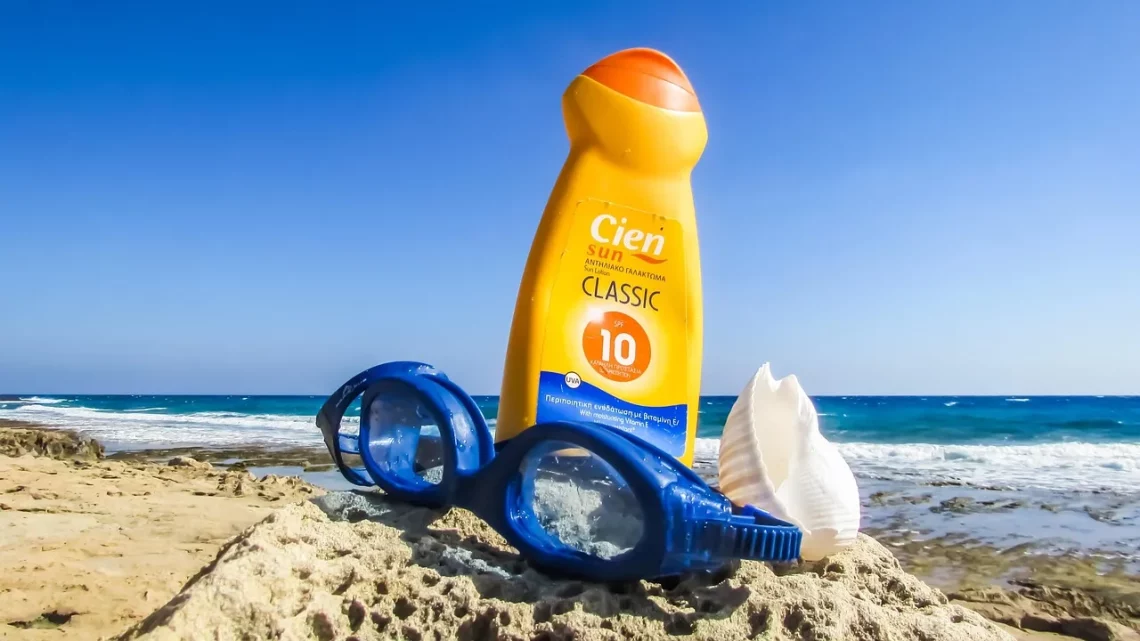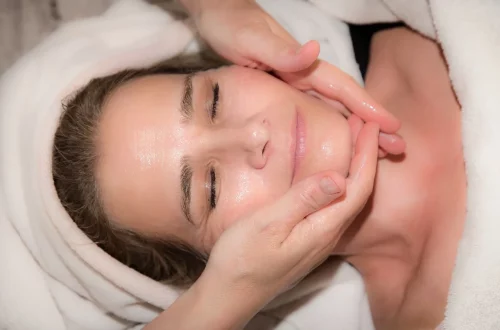
The Essential Guide to Choosing the Right Tanning Sunscreen
Choosing the right tanning sunscreen is essential for anyone looking to enjoy the sun while protecting their skin. With increasing awareness of the harmful effects of UV radiation, it has become crucial to differentiate between various types of sunscreens available on the market. From chemical to physical formulations, the choices can be overwhelming. Many individuals aim for that perfect tan without realizing the importance of skin protection. The right tanning sunscreen not only enhances your tanning experience but also safeguards your skin against premature aging and potential skin cancers.
As people become more educated about skincare, they seek products that align with their values and skin types. This has led to a surge in demand for sunscreens that cater to specific needs, such as water resistance, organic ingredients, and additional moisturizing benefits. Moreover, understanding how SPF ratings work and what ingredients to look for can help consumers make informed choices. In this guide, we will explore the essential aspects of selecting the right tanning sunscreen, ensuring you can enjoy the sun safely and effectively.
Understanding SPF and Its Importance
SPF, or Sun Protection Factor, is a critical measure that indicates the level of protection a sunscreen offers against UVB rays, which are primarily responsible for sunburn and contribute to skin cancer. The higher the SPF, the greater the protection; however, it is important to understand that no sunscreen can provide 100% protection. For example, an SPF of 30 blocks about 97% of UVB rays, while SPF 50 blocks approximately 98%.
When choosing a tanning sunscreen, it is essential to consider your skin type and how long you plan to be exposed to the sun. Fair-skinned individuals or those with a history of skin cancer may benefit from a higher SPF, while those with darker skin might opt for a lower SPF. Additionally, factors such as the time of day, geographical location, and altitude can influence UV radiation levels. For instance, UV rays are strongest between 10 AM and 4 PM, and they can be more intense at higher altitudes or in tropical regions.
In addition to SPF, it is vital to choose a broad-spectrum sunscreen, which protects against both UVA and UVB rays. UVA rays penetrate deeper into the skin and are primarily responsible for photoaging and skin cancer. Broad-spectrum protection ensures that you are well-guarded against the complete spectrum of UV radiation, making it a crucial feature of any tanning sunscreen.
Lastly, remember that sunscreen should be reapplied every two hours, or more frequently if you are swimming or sweating. No sunscreen is entirely waterproof, so consistent application is key to maintaining protection. Understanding SPF and its implications is the first step towards making a well-informed choice when selecting the right tanning sunscreen.
Types of Tanning Sunscreens: Which One Is Right for You?
The market offers a variety of tanning sunscreens, each formulated to meet different needs and preferences. The two primary categories are chemical and physical (or mineral) sunscreens, and understanding the differences between them can help you make the right choice.
Chemical sunscreens contain organic compounds that absorb UV radiation and convert it into heat, which is then released from the skin. These sunscreens often have a lighter texture and are less visible on the skin, making them an attractive option for daily wear. However, some individuals may experience irritation or allergic reactions to certain chemical ingredients, such as oxybenzone or octinoxate. If you have sensitive skin, you may want to consider using a physical sunscreen instead.
Physical sunscreens, on the other hand, use mineral ingredients such as zinc oxide or titanium dioxide to create a physical barrier that reflects UV rays. They are often recommended for sensitive skin and are less likely to cause irritation. However, physical sunscreens can sometimes leave a white cast on the skin, which may be unappealing to some users.
In addition to these basic categories, you may also encounter specialized formulations that offer additional benefits. For instance, some tanning sunscreens are infused with moisturizers, antioxidants, or even bronzers to enhance your tanning experience. If hydration is a concern, look for products that include ingredients like aloe vera or hyaluronic acid.
Furthermore, consider your activities when choosing a tanning sunscreen. If you plan on swimming or sweating, opt for a water-resistant formula that can withstand moisture. For those who are frequently outdoors, a sunscreen with a higher SPF may be more suitable.
Ultimately, the right tanning sunscreen will depend on your personal preferences, skin type, and lifestyle. Take the time to explore the various options available to find a product that meets your specific needs while still providing adequate sun protection.
Application Tips for Optimal Protection
Applying tanning sunscreen correctly is just as important as choosing the right product. Many people underestimate the amount of sunscreen needed for effective protection, leading to inadequate coverage and increased risk of sunburn.
A good rule of thumb is to use an ounce of sunscreen, which is roughly the amount that can fit in a shot glass, for the entire body. Be sure to apply the sunscreen generously and evenly across all exposed skin, including areas that are often overlooked, such as the ears, back of the neck, and tops of the feet.
To achieve optimal protection, apply sunscreen about 15 to 30 minutes before sun exposure to allow it to absorb fully into the skin. This is particularly important for chemical sunscreens, as they require time to become effective. For physical sunscreens, while they provide immediate protection, thorough application is still crucial.
Reapplication is essential, especially after swimming, sweating, or towel-drying, as these activities can diminish the sunscreen’s effectiveness. It is advisable to reapply every two hours, or more frequently if you are in and out of the water.
Lastly, consider the weather and environmental conditions when applying sunscreen. UV rays can penetrate clouds, so even on overcast days, sunscreen is necessary. Additionally, if you are spending extended periods outdoors, take breaks in the shade to minimize exposure to the sun.
By following these application tips, you can ensure that your tanning sunscreen provides the maximum protection, allowing you to enjoy the sun responsibly.
The Role of Ingredients: What to Look For
When selecting a tanning sunscreen, the ingredient list is a crucial factor that can influence both effectiveness and skin health. As consumers become more aware of the products they use, understanding the ingredients in sunscreen can lead to better choices.
Firstly, look for active ingredients that provide broad-spectrum protection. As previously mentioned, zinc oxide and titanium dioxide are excellent options for physical sunscreens, while avobenzone, octisalate, and octocrylene are common in chemical formulations.
In addition to active ingredients, consider the presence of moisturizing agents. Ingredients like aloe vera, glycerin, and hyaluronic acid can help keep the skin hydrated, especially in hot weather. This is particularly beneficial for those who may experience dryness due to sun exposure.
Antioxidants such as vitamins C and E can also provide added protection by neutralizing free radicals generated by UV exposure. These ingredients not only help protect the skin during sun exposure but also support overall skin health and appearance.
Moreover, if you have sensitive skin or specific allergies, it’s essential to avoid sunscreens with certain preservatives, fragrances, or alcohols that may cause irritation. Opting for hypoallergenic and fragrance-free formulas can minimize the risk of adverse reactions.
Lastly, consider the environmental impact of your sunscreen. Many consumers are now seeking reef-safe options that do not contain harmful chemicals such as oxybenzone or octinoxate, which can damage marine life. Brands that emphasize sustainable practices and eco-friendly ingredients are gaining popularity and are worth considering.
By being mindful of the ingredients in tanning sunscreens, you can choose a product that not only protects your skin but also aligns with your values and skin care needs.
In conclusion, selecting the right tanning sunscreen is a vital step in enjoying the sun safely. Remember, this article is not a substitute for professional medical advice. For any health-related concerns or conditions, always consult a healthcare professional for guidance.




